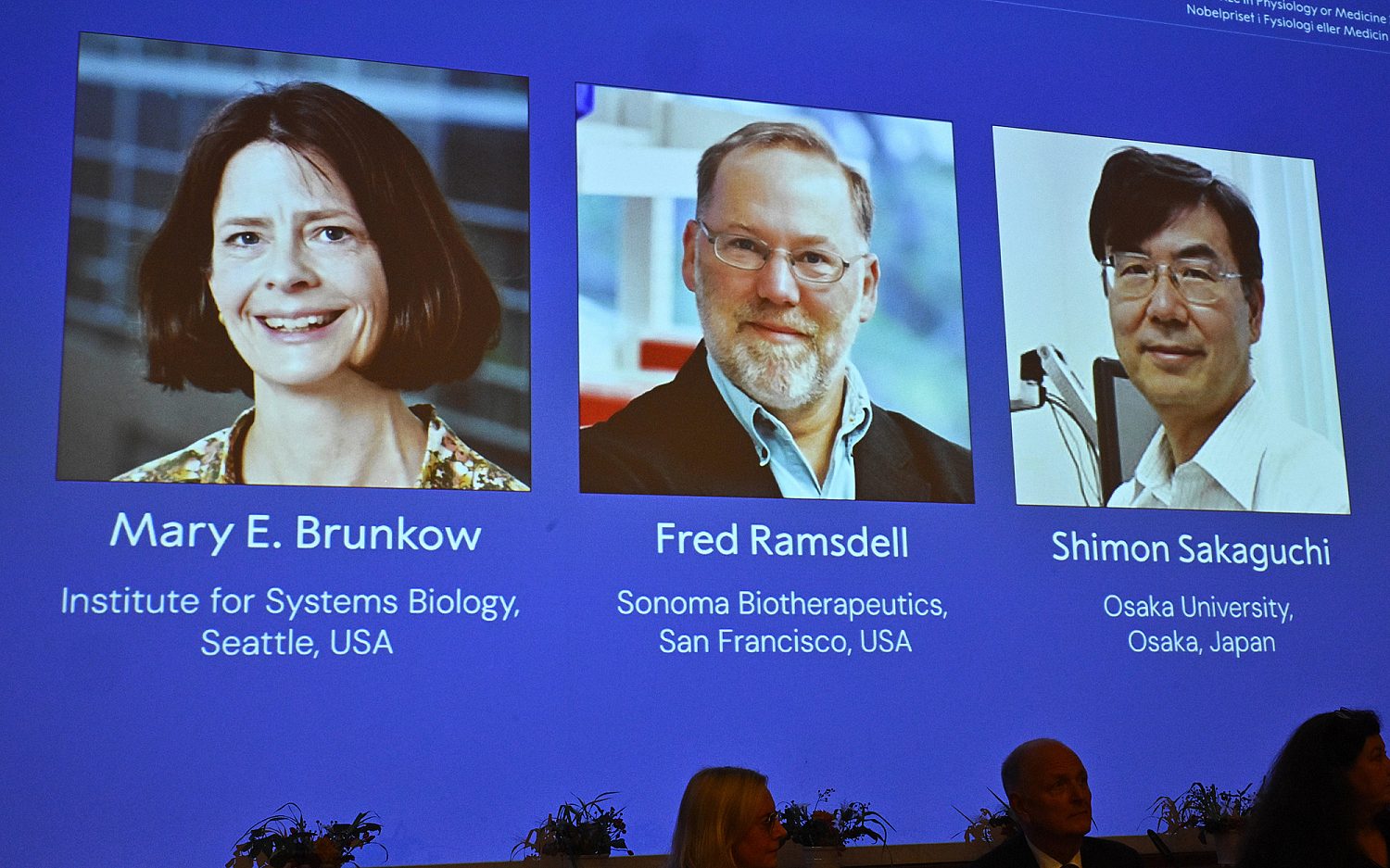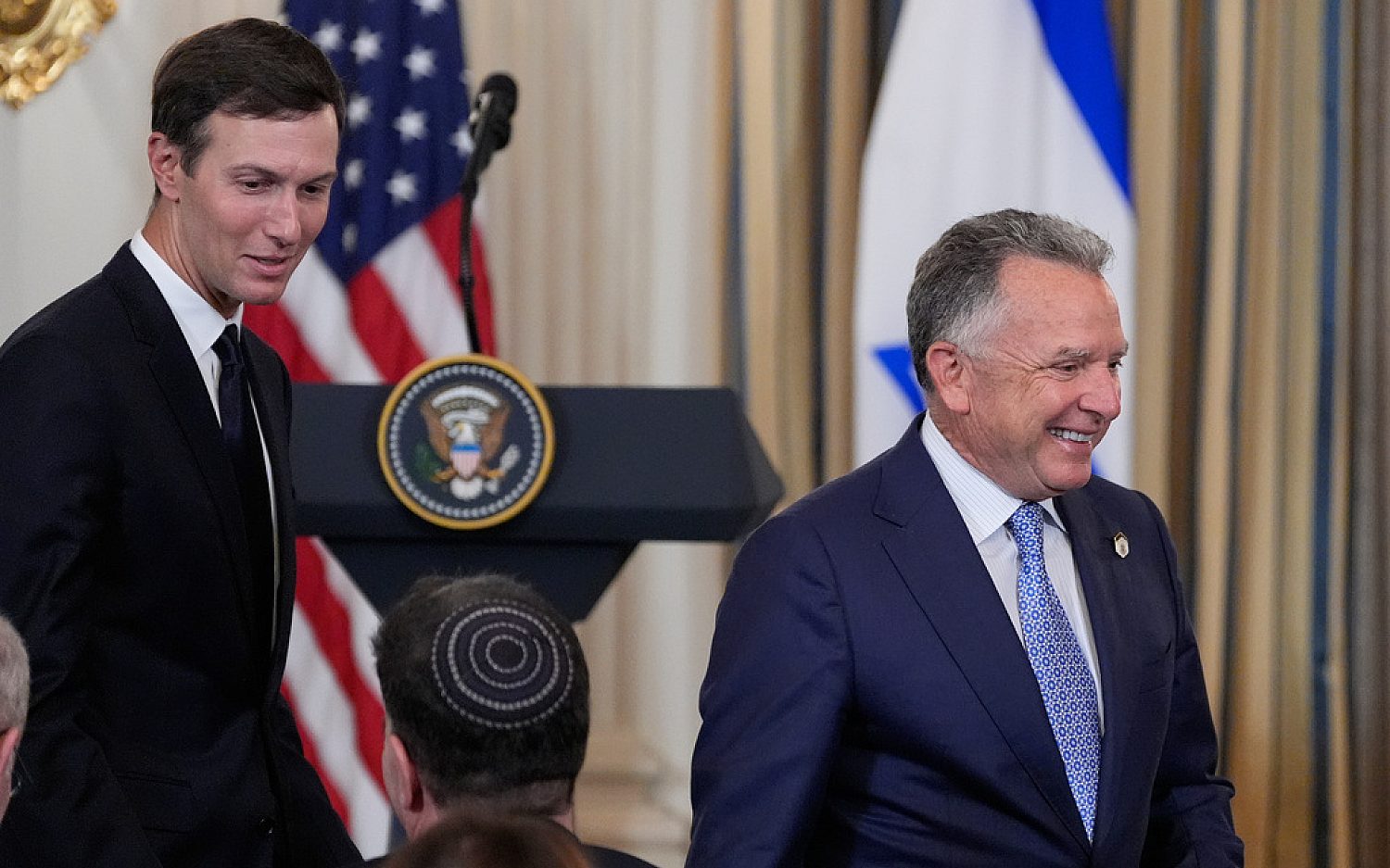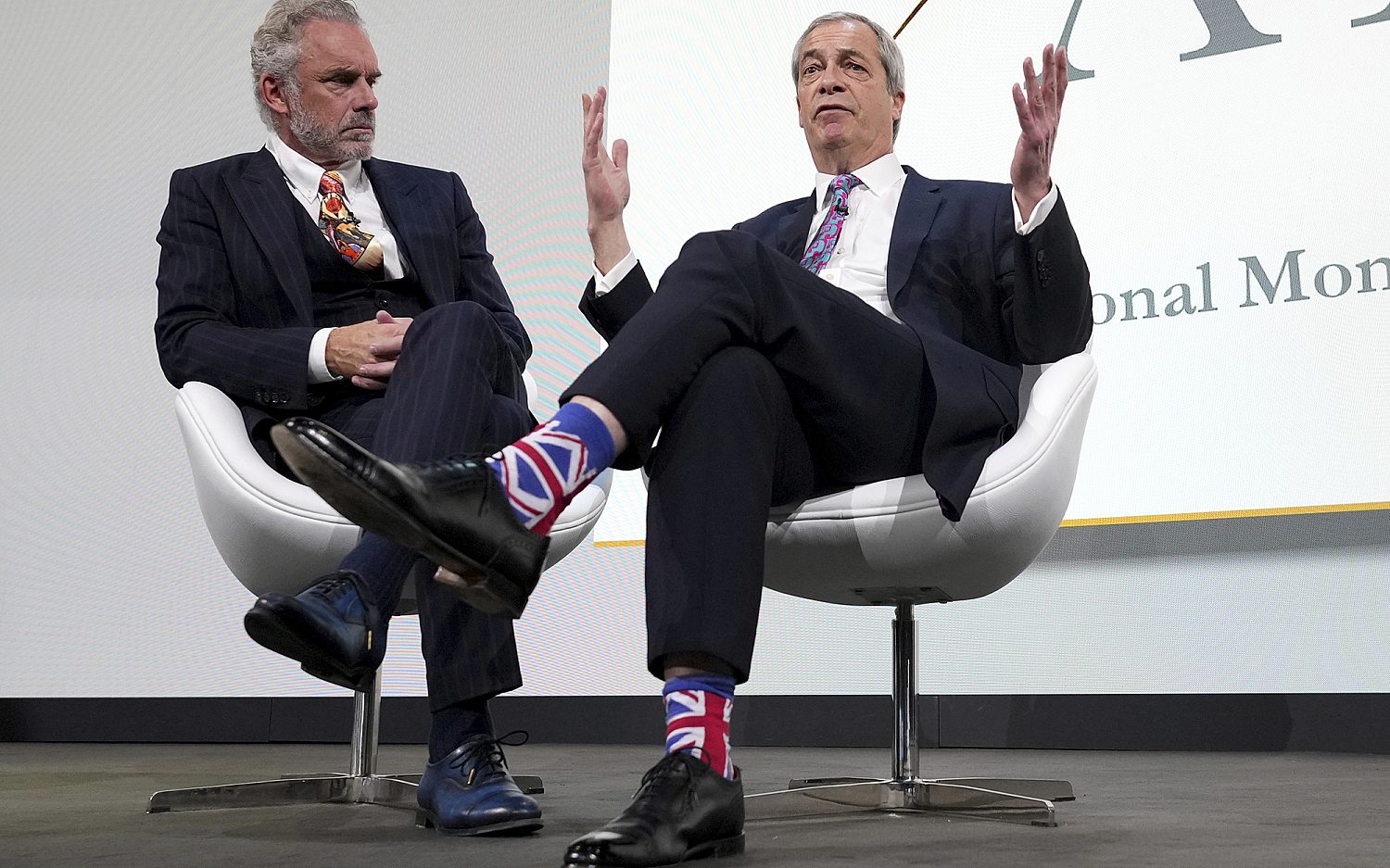Marchers unite for marriage
People of many faiths and cultures gathered at the nation’s capital to rally support for traditional marriage
WASHINGTON—Elaine Soto and her family left New Jersey at 3 a.m. on Thursday to come to the March for Marriage in Washington. She brought her four children to “open their eyes to the fact they don’t have to shrink. They don’t have to be embarrassed or ashamed even if what they believe is not politically correct.”
Jack McGill of Detroit, Mich., along with his wife of 22 years, Diane, and their two children drove 600 miles to D.C. for the second time this year to attend a protest—the first was the March for Life. In both cases, McGill said he came to “support God’s truth.” He hopes Congress will pass a marriage amendment.
“That truth [of biblical marriage] is engraved on everyone’s heart from creation,” he said.
This year marks the second annual marriage march, held to ask Congress to define marriage according to traditional, biblical standards. The marchers this year included people of different ages, races, religions, and cultures, all united under the belief that marriage is between a man and a woman. They gathered Thursday on the Capitol lawn to let politicians know the fight for marriage is not over.
“We are not under an obligation to defy God to obey you,” former Arkansas Gov. Mike Huckabee said at Thursday’s rally, speaking to the government in response to the U.S. Supreme Court’s decision to overturn the Defense of Marriage Act last year. That law provided a federal definition of marriage as a union between one man and one woman. Currently, states can decide whether or not to allow gay marriage—19 have overruled homosexual marriage bans and now allow same-sex unions. But legal challenges have been filed in every state that bans same-sex marriage, and the issue eventually will end up back before the Supreme Court.
With gay marriage continuing to gain momentum and acceptance in the nation’s culture, Joe Grabowski, director of communications for the National Organization for Marriage (NOM), said standing for the biblical definition of marriage “can feel like a very lonely position.” NOM organized the march to bring people together. Last year, roughly 7,000 attended. This year, organizers estimated as many as 10,000 joined the procession.
“It’s really nice to see you’re not the only one out there,” said Karlene Carkhuff, who attended the march with her family both years. She pointed to her daughters and said, “These girls need to see they’re not alone.”
Carkhuff and her daughters marched with monks in gray cloaks, priests in collars, and Jews in heavy black suits. Chinese marchers shared the shade with African Americans.
A group of Hispanic marchers, stretching across a city block, blew horns and whistles and gave shouts of praise as they marched onto the lawn. They cheered wildly when Ruben Diaz, a pastor and New York state senator, rallied them in Spanish.
From the podium, speakers proclaimed the message that marriage is more than just a romance or a relationship between two people.
“The family unit is not arbitrarily defined by man as he pleases, but by nature,” said Alfonso Aguilar, with the Latino Partnership for Conservative Principles. “One of its defining objectives is the procreation and upbringing of children.”
Delaware residents Seif and Francesca Kmar, both 19, met over email and married last September. Though Seif is a Tunisian Muslim and Francesca an American Christian, both attended the protest to stand up for their belief in traditional marriage.
Francesca especially believes marriage is important because a single mother raised her. When her mother married again for a few years, Francesca loved having both a father and a mother. “For that short period of time, I felt complete,” she said. “The institution of marriage … is bigger than all of us.”
Raheel Majeed Masih is a Pentecostal pastor from Pakistan who recently arrived in the United States. He was excited to take advantage of the freedom to stand up for his beliefs—a liberty he said he didn’t have at home: “If we do criticism there they beat us.”
The first March for Marriage took place on March 26, 2013, the day the Supreme Court heard arguments over California’s marriage amendment, commonly referred to as Proposition 8. Thursday’s procession stretched around the Capitol and stopped traffic. The crowd marched to the Supreme Court building behind a banner proclaiming “Every Child Deserves a Mom & a Dad” while singing hymns such as “Amazing Grace.”
When they reached the corner across from the Supreme Court, the protestors met about 50 counter-protestors waving rainbow flags. Before the march began, NOM president Brian Brown instructed the marchers that if they met opposition, they should not resist. With same-sex marriage supporters lining the sidewalk in front of the Supreme Court building, the marchers knelt and prayed in both Spanish and English. The shouts of “One man! One woman!” and Spanish praise songs died to a hush as the marchers prayed. When they were done, the counter-protestors parted and the marchers reached the Supreme Court steps, where they dispersed after one last prayer in Spanish.
Joe Lewis, a rising high school senior from Virginia, stands as an example that the battle for marriage has not been lost when it comes to the younger generation. Lewis came to the march because “today’s government is trying to push the Bible out more and more, and someone’s got to stop it.”
An actual newsletter worth subscribing to instead of just a collection of links. —Adam
Sign up to receive The Sift email newsletter each weekday morning for the latest headlines from WORLD’s breaking news team.




Please wait while we load the latest comments...
Comments
Please register, subscribe, or log in to comment on this article.